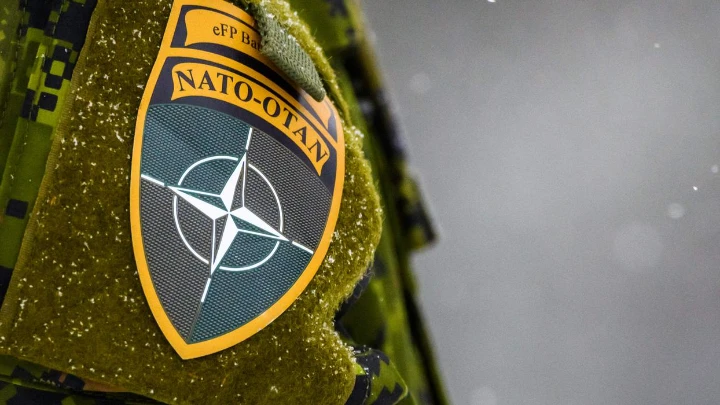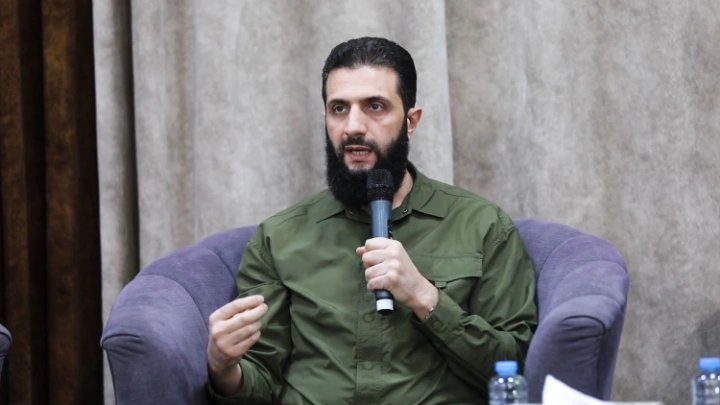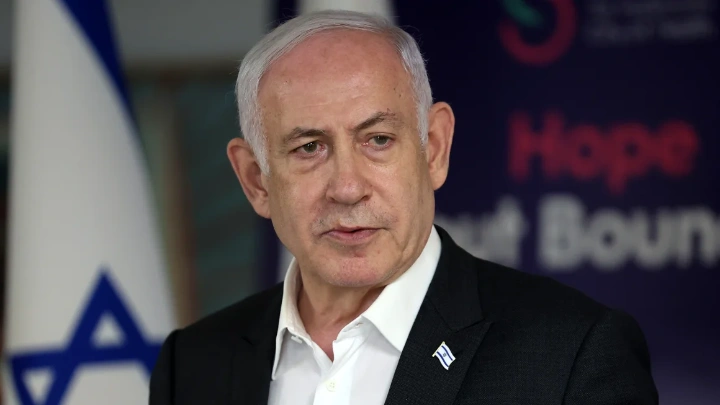What is NATO and why was it created?
Shining BD Desk || Shining BD
NATO, the North Atlantic Treaty Organization, was formed in 1949 with the aim, first and foremost, of acting as a deterrent to the threat of Soviet expansion in Europe after World War II. Beyond that, the United States saw it as a tool to prevent the resurgence of nationalist tendencies in Europe and to foster political integration on the continent.
Its origins, however, actually go back to 1947, when the United Kingdom and France signed the Treaty of Dunkirk as an alliance to counter the eventuality of a German attack in the aftermath of the war.
The original 12 founding members of the political and military alliance are: the United States, the United Kingdom, Belgium, Canada, Denmark, France, Iceland, Italy, Luxembourg, the Netherlands, Norway and Portugal.
Security collective
At its core, the organization acts as a collective security alliance with the aim of providing mutual defense through military and political means if a member state is threatened by an external country.
This cornerstone is laid out in Article 5 of the charter, the collective defense clause:
"The Parties agree that an armed attack against one or more of them in Europe or North America shall be considered an attack against them all and consequently they agree that, if such an armed attack occurs, each of them, in exercise of the right of individual or collective self-defense recognized by Article 51 of the Charter of the United Nations, will assist the Party or Parties so attacked by taking forthwith, individually and in concert with the other Parties, such action as it deems necessary, including the use of armed force, to restore and maintain the security of the North Atlantic area."
Article 5 has been invoked once, by the United States, in the wake of the 9/11 attacks in 2001.
A bulwark against Soviet Russia
The Soviet Union responded to NATO by creating its own military alliance with seven other Eastern European communist states in 1955, dubbed the Warsaw Pact.
But the fall of the Berlin Wall, and the ensuing collapse of the Soviet Union in 1991, paved the way for a new post-Cold War security order in Europe.
Freed from their Soviet shackles, a number of former Warsaw Pact countries became NATO members. Visegrad Group members Hungary, Poland and the Czech Republic joined in 1999. Five years later, in 2004, NATO admitted the so-called Vilnius Group, made up of Bulgaria, Estonia, Latvia, Lithuania, Romania, Slovakia and Slovenia. Albania and Croatia joined in 2009.
The most recent additions were Montenegro in 2017 and North Macedonia in 2020, bringing the total number of member states to 30. Sweden and Finland applied to join NATO earlier this year and have completed accession talks. So far, their applications have been ratified by 28 of NATO's 30 countries.
Three countries are currently categorized as "aspiring members": Bosnia-Herzegovina, Georgia and Ukraine.
Open-door policy
Against the backdrop of the ongoing war between Russia and Ukraine, the latter's ambition to join the alliance has again gathered pace.
For Russia, the notion of its former Soviet satellite Ukraine joining NATO is a red line. NATO's so-called open door policy, as outlined in Article 10 of the treaty, allows any European country that can enhance and contribute "to the security of the North Atlantic area" to join.
"Countries aspiring for NATO membership are also expected to meet certain political, economic and military goals in order to ensure that they will become contributors to Alliance security as well as beneficiaries of it," it says on NATO's site.
By Rob Mudge
Shining BD
























